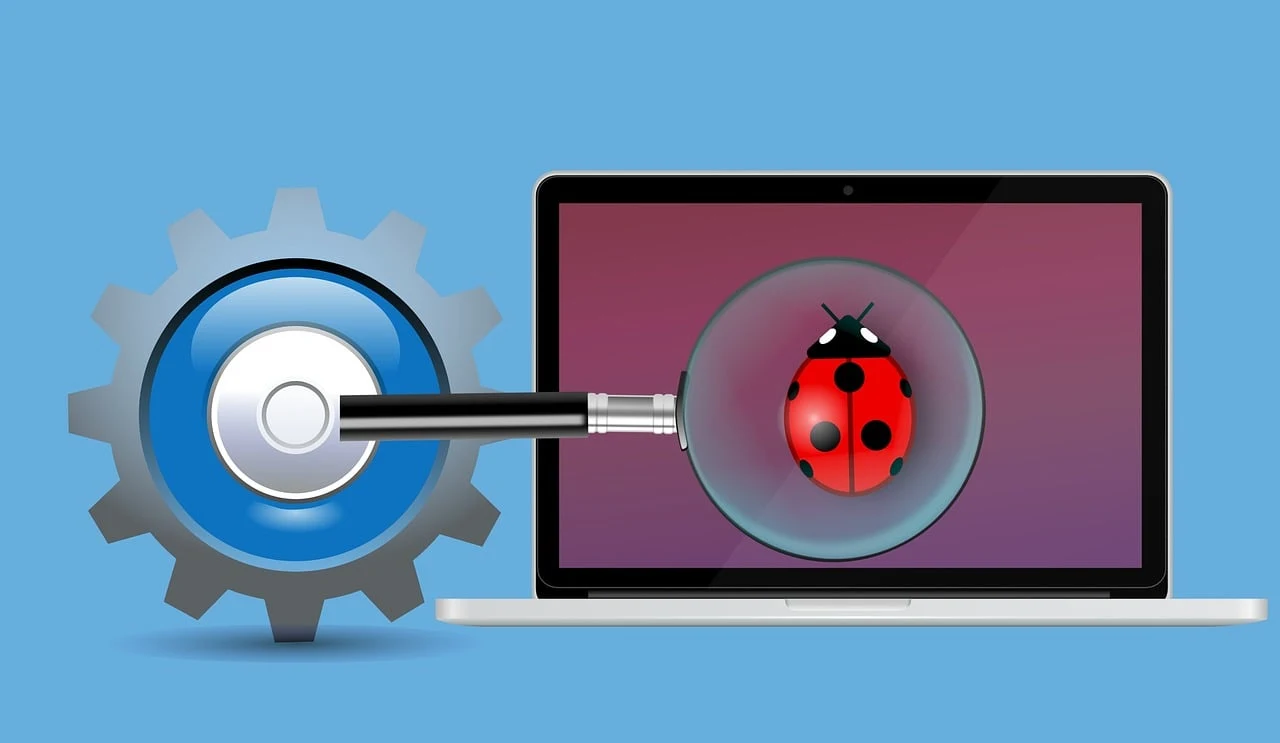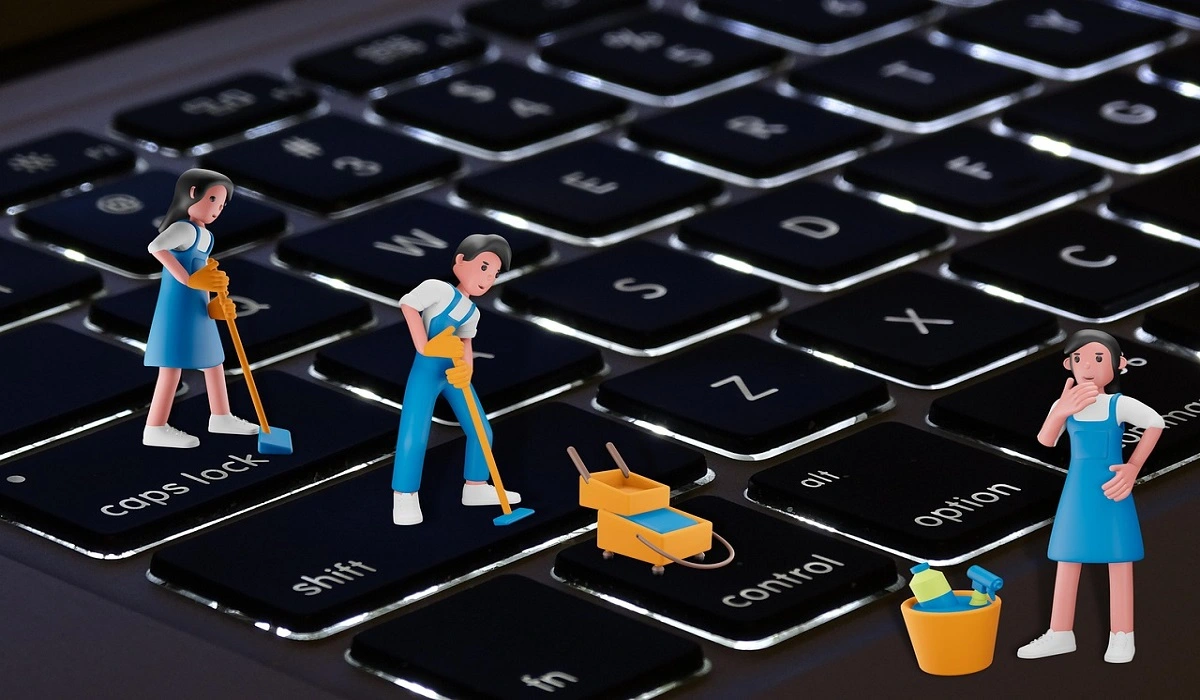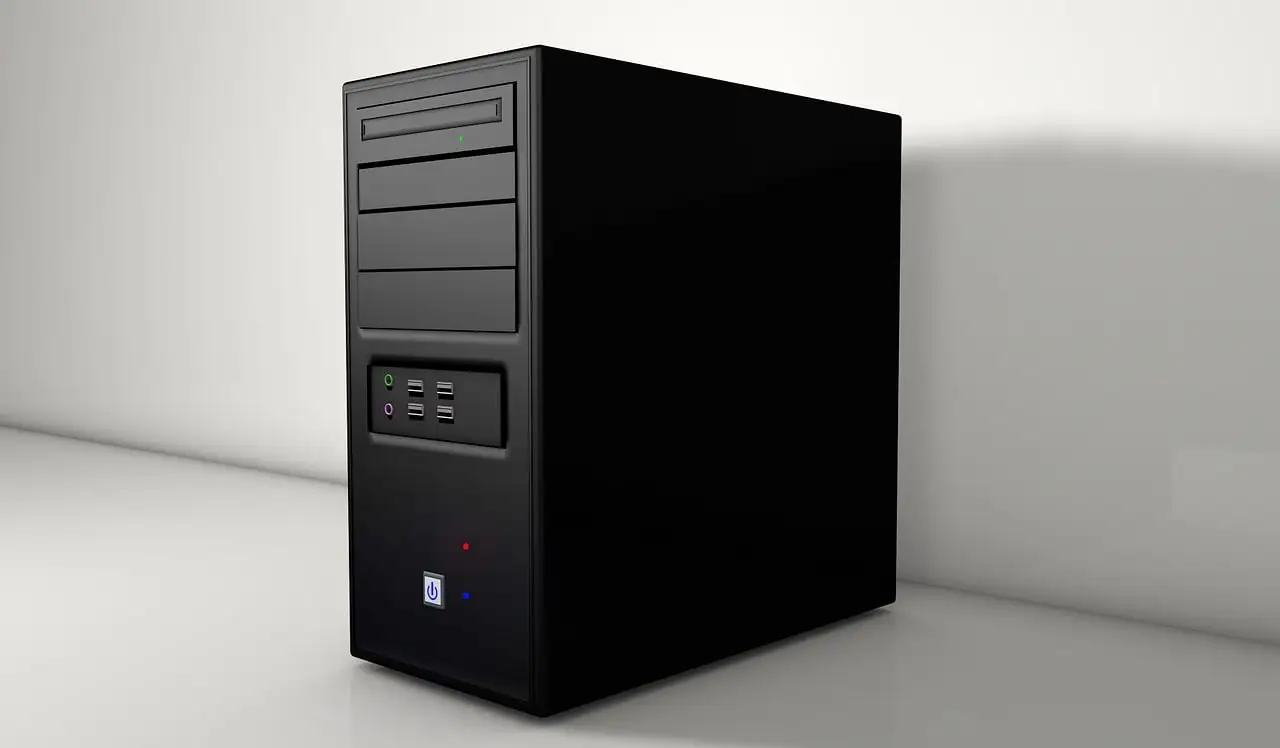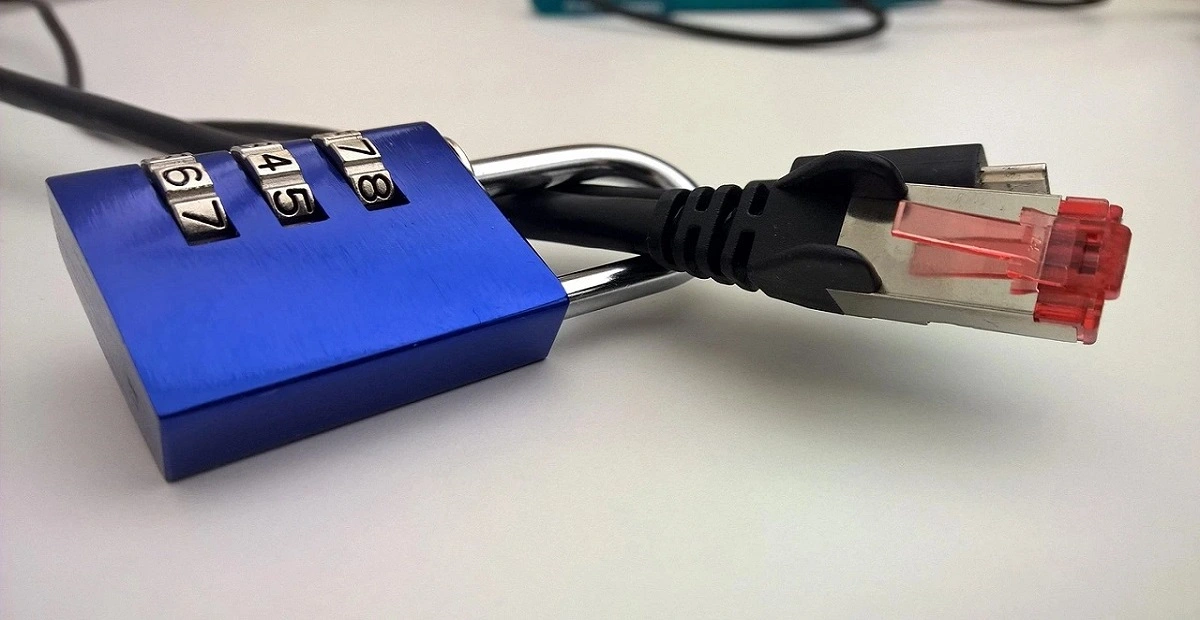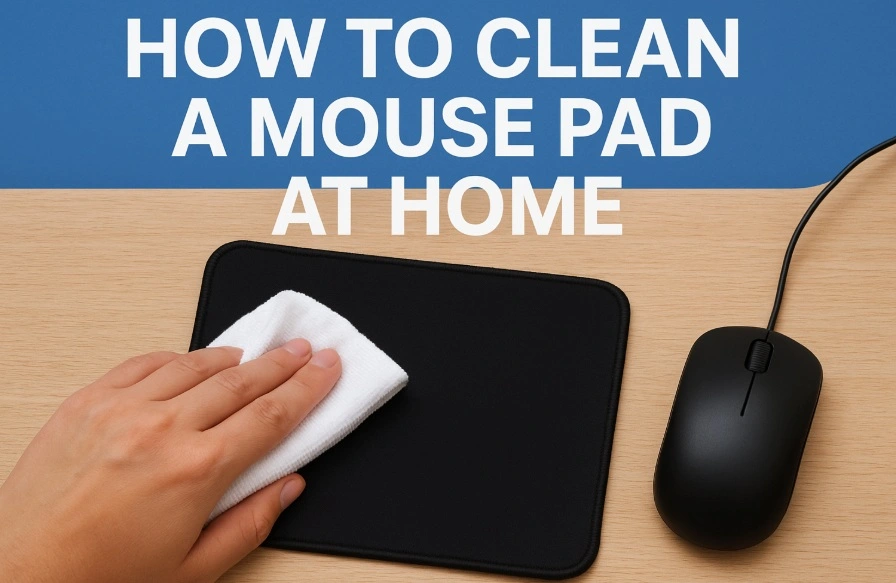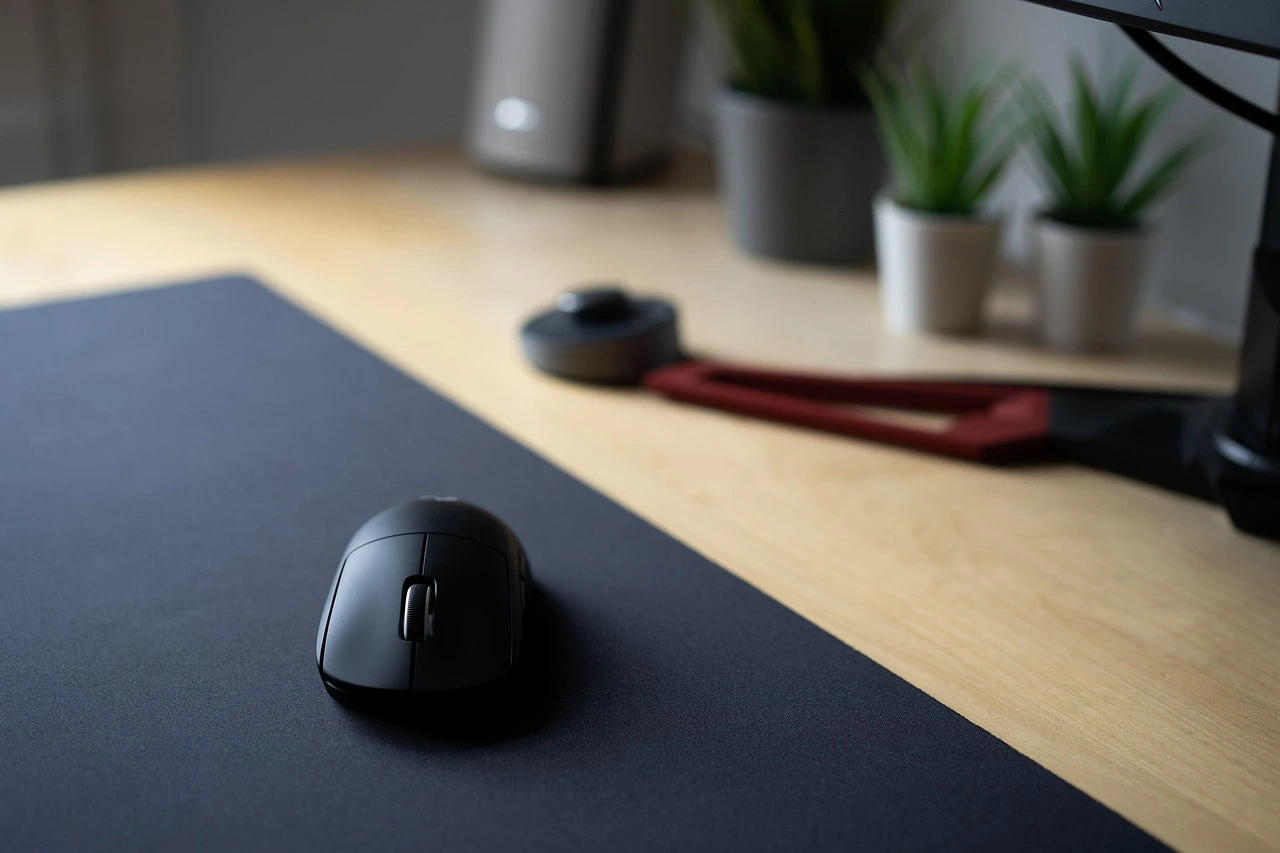How to Fix Windows Key Not Working on Windows 11 and Windows 10
(Image credit: Shutterstock)
The Windows key is a vital component of the Windows operating system. It allows users to access various features and functions quickly. However, it can be frustrating when the Windows key stops working. Here, we will discuss some useful methods to fix Windows key not working problem on Windows 11 and Windows 10.
Common Causes of Windows Key Not Working Issue
There are some common causes of the Windows key not working issue. Some of these causes are:
1. Physical Key Malfunction
One of the most straightforward reasons for the Windows key not working is a physical malfunction of the key itself. Over time, the key may become stuck or unresponsive due to debris or wear and tear. To address this issue, users can try cleaning the key with compressed air or a gentle cleaning solution. If the problem persists, replacing the keyboard or key may be necessary.
2. Driver Issues
Another common cause of the Windows key not working is related to driver issues. Outdated or corrupted keyboard drivers can prevent the Windows key from functioning properly. To resolve this, users should update their keyboard drivers through the Device Manager or download the latest drivers from the manufacturer’s website.
3. Sticky Keys Feature
The Sticky Keys feature in Windows is designed to assist users who have difficulty holding down multiple keys simultaneously. However, this feature can interfere with the normal operation of the Windows key. To disable Sticky Keys, users can navigate to the Ease of Access Center in the Control Panel and uncheck the option for Sticky Keys.
4. Gaming Mode
Some gaming keyboards come equipped with a gaming mode that disables certain keys, including the Windows key, to prevent accidental interruptions during gameplay. Users should consult their keyboard’s manual or software to deactivate gaming mode and restore the functionality of the Windows key.
5. Registry Errors
Errors in the Windows registry can also lead to the Windows key not working issue. Users can utilize the built-in Windows Registry Editor to scan for and repair any registry errors that may be affecting the keyboard’s functionality. It is essential to exercise caution when modifying the registry to avoid causing further system issues.
6. Third-Party Software Interference
Certain third-party software, such as keyboard customization utilities or system optimization tools, can interfere with the normal operation of the Windows key. Users should identify and uninstall any recently installed software that may be causing conflicts with the keyboard functions.
7. Hardware Malfunction
In some cases, the Windows key not working issue may be attributed to a hardware malfunction within the keyboard itself. Users can troubleshoot this by connecting the keyboard to another computer to see if the problem persists. If the issue is isolated to a specific computer, it may indicate a hardware problem with the keyboard.
8. User Account Control Settings
User Account Control (UAC) settings in Windows can impact the functionality of certain keys, including the Windows key. Users can adjust UAC settings by navigating to the Control Panel and selecting User Accounts. From there, they can modify the UAC settings to determine if it resolves the Windows key issue.
9. System File Corruption
Corrupted system files can disrupt the normal operation of various components within Windows, including the keyboard functions. Users can utilize the System File Checker tool to scan for and repair any corrupted system files that may be affecting the Windows key.
10. Physical Damage
In rare cases, physical damage to the keyboard, such as liquid spills or impact damage, can result in the Windows key not working. If the keyboard has suffered physical damage, it may require professional repair or replacement to restore full functionality.
How to Fix Windows Key Not Working on Windows 11 and Windows 10
There are several methods to fix Windows key not working. The most effective methods are discussed here:
Method 1: Check Your Keyboard Connection
The first step is to ensure that your keyboard is properly connected to your computer. If you are using a wired keyboard, unplug it and then plug it back in. For wireless keyboards, check the batteries and reconnect the device to your system. A loose connection can sometimes cause the Windows key to malfunction.

Method 2: Restart Your Computer
A simple restart can often resolve minor software glitches that may be causing the Windows key not to work. Save your work, shut down your computer, wait for a few seconds, and then power it back on. Once the system restarts, check if the Windows key is functioning correctly.

Method 3: Update Keyboard Drivers
Outdated or corrupt keyboard drivers can lead to various keyboard-related issues, including the Windows key not working problem. To update your keyboard drivers on Windows 11 and Windows 10 to fix Windows key not working, follow these steps:
Step 1: Open the Windows Power User menu.

Step 2: Select Device Manager from the list of options.
Step 3: Expand the Keyboards category to view the list of installed keyboards.
Step 4: Right-click on your keyboard device and select Update driver.
Step 5: Choose the option to search automatically for updated driver software.
Step 6: Follow the on-screen instructions to complete the driver update process.
Method 4: Disable Sticky Keys Feature
Another method to fix Windows key not working is to disable the Sticky Keys feature. The Sticky Keys feature is designed to help users who have difficulty holding down multiple keys simultaneously. However, it can sometimes interfere with the Windows key’s operation. To disable Sticky Keys on Windows 11 and Windows 10, follow these steps:
Step 1: Open the Windows Settings app.
Step 2: Click on Accessibility > Keyboard.

Step 3: Scroll down and locate the Sticky Keys section.
Step 4: Toggle the Sticky Keys switch to the Off position.
Method 5: Run Keyboard Troubleshooter
Windows 11 and Windows 10 include a built-in Keyboard troubleshooter that can automatically detect and fix common keyboard-related issues. To run the Keyboard troubleshooter, follow these steps:
Step 1: Open the Windows Settings app.
Step 2: Click on Update & Security > Troubleshoot.

Step 3: Scroll down and select Keyboard from the list of troubleshooters.
Step 4: Click on Run the troubleshooter and follow the on-screen instructions.
Method 6: Check for Windows Updates
Microsoft regularly releases updates to address bugs and improve system stability. Updating your Windows 11 or Windows 10 operating system can help resolve compatibility issues that may be causing the Windows key not to work. To check for and install Windows updates, follow these steps:
Step 1: Open the Windows Settings app.

Step 2: Click on Update & Security > Windows Update.
Step 3: Click on Check for updates and wait for Windows to download and install any available updates.
Step 4: Restart your computer after the updates are installed.
Method 7: Check for Third-Party Software Interference
Certain third-party applications or utilities can interfere with the normal operation of the Windows key. To identify and disable any conflicting software, follow these steps:
Step 1: Press Ctrl + Shift + Esc to open the Task Manager.

Step 2: Go to the Startup tab and look for any third-party applications that may be running at startup.
Step 3: Right-click on the application and select Disable.
Step 4: Restart your computer and check if the Windows key is now working correctly.
Conclusion
The Windows key is a fundamental component of the Windows operating system, and experiencing issues with its functionality can be frustrating. By following the troubleshooting methods discussed here, you can diagnose and fix Windows key not working problem on Windows 11 and Windows 10.
FAQs
1. What Are the Keyboard Settings I Should Check to Troubleshoot the Windows Key Not Working Issue?
Incorrect keyboard settings can contribute to the Windows key not working problem. Users should ensure that the keyboard layout and language settings are configured correctly in the Windows settings. Additionally, users can access the Keyboard settings in the Control Panel to review and adjust the keyboard properties.
2. How Can I Determine If the Issue Is Software-Related or Hardware-Related?
To determine whether the Windows key not working problem is software-related or hardware-related, users can perform a series of diagnostic tests. First, users can try using an external keyboard to see if the issue persists. If the external keyboard’s Windows key functions properly, it indicates that the problem may be related to the internal keyboard hardware. However, if the issue persists with the external keyboard, it suggests that the problem is likely software-related.
3. When Should I Seek Professional Assistance to Address the Windows Key Not Working Issue?
If despite all troubleshooting efforts, the Windows key not working problem persists, users should consider seeking professional assistance from certified technicians or authorized service providers.
Popular Post
Recent Post
How to Debloat Windows 11: Complete Guide [2026]
Learn how to debloat Windows 11 with simple steps. Remove extra apps, reduce background load, and speed up your PC using safe and clear methods for better performance.
Computer Cleaning Habits You Must Follow
Learn simple computer cleaning habits that keep your device fast and healthy. Follow steps for file cleanup, dust removal, updates, and security in one clear guide.
How to Clean a Browser on a Windows PC: Chrome, Mozilla, Opera, Edge.
Learn how to clean your browser on a Windows PC for Chrome, Mozilla Firefox, Opera, and Edge. Improve speed, remove old data, and keep your system running smoothly.
What Files Are Safe To Clean On A Windows Computer?
Learn which files are safe to clean on a Windows computer. Simple guide with clear sections, tips, bullets, and FAQs to help you free space and keep your PC running smoothly.
How to Clean a PC from Virus: Complete Guide
A clear and simple guide on how to clean your PC from a virus. Learn practical methods, safety tips, and easy steps to remove threats and protect your computer.
How To Clean a Windows Desktop: Complete Guide
Learn how to clean a Windows desktop with 9 simple methods. Remove clutter, boost PC speed, and organize files easily. Get your clean desktop today!
How To Clean A Computer Cabinet: Clean PC Case
Learn how to clean a computer cabinet safely with our step-by-step guide. Keep your PC running cool and fast with proper case cleaning techniques and pro tips.
How To Clean A Computer Cable At Home Without Damage
Learn how to clean computer cable connections safely. Step-by-step guide with tips for USB, HDMI, and power cables. Keep your equipment running smoothly.
How To Clean a Mouse Pad At Home
Learn how to clean a mouse pad at home with simple steps. Keep cloth, hard, or RGB pads fresh and smooth. Easy guide with tips, FAQs, and care advice.
How To Clean Your Computer Mouse Without Damage?
Learn how to clean a computer mouse after disconnecting it from your system to prevent any further damage.

